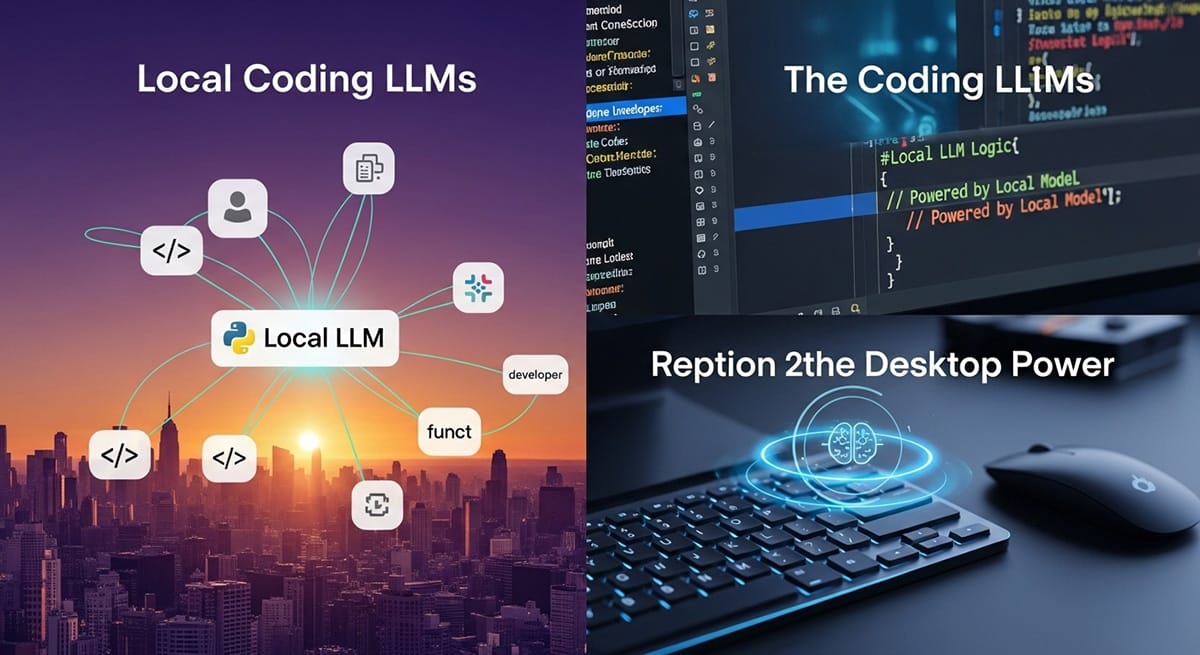Beyond Free SHS: Charting the Next Course for Ghana’s Education System
Ghana’s landmark Free Senior High School (Free SHS) policy, launched in 2017, marked a monumental step forward in expanding access to education for thousands of young people. By removing the financial barrier of fees, it fulfilled a critical national goal. However, ensuring every child can attend school is only the first step. The national conversation is now shifting from access to quality, equity, and relevance. This article explores the critical question: Beyond Free SHS: what Ghana’s education system needs next to build on this foundation and create a globally competitive, future-proof framework for its learners.
The Lingering Challenges: Quality and Equity Gaps
While enrollment rates have soared, several underlying challenges persist, preventing the full potential of the education system from being realized. These issues, many of which predate the Free SHS policy, now demand urgent attention to ensure the investment in access translates into meaningful learning outcomes.
- Variable Quality of Education: Despite high primary school enrollment (around 87%), the quality of instruction varies widely, leading to poor learning outcomes and high grade-repetition rates.
- Dropout Rates: Nearly a third of students do not complete primary school, and only 47% complete secondary school. Girls, in particular, face higher dropout rates at the secondary level due to factors like inadequate sanitation for menstrual hygiene and gender-based violence.
- Infrastructure Deficits: Many schools, especially in rural areas, lack basic infrastructure such as proper classrooms, desks, clean water, and safe sanitation facilities. Some children are still educated under trees.
- The Rich-Poor Divide: A significant gap exists in educational attainment between the wealthy and the poor. Children from the wealthiest households are nine times more likely to attend pre-primary school and far more likely to complete the highest levels of education.
- Inclusivity for Special Needs: Classrooms are often inaccessible for children with disabilities, and teachers are frequently not equipped with the specialized skills to meet their needs.
A New Blueprint: The National Education Reform Agenda
Recognizing these challenges, the Government of Ghana has embarked on a transformative journey guided by the Education National Education Strategic Plan (ESP) (ESP 2018-2030). This plan aims to overhaul the pre-tertiary system, shifting the focus from rote learning to developing critical skills for the 21st century. A key component of this is the replacement of the Basic Education Certificate Examination (BECE) and West African Senior School Certificate Examination (WASSCE) with a new, standards-based curriculum and assessment framework.
Key Pillars of the Education Reform:
- The Common Core Programme (CCP): Students from Junior High School (JHS) 1 to Senior High School (SHS) 1 now undertake a CCP, focusing on nine core subjects to build a strong, broad foundation before specialization.
- New Assessment Standards: The National Standard Assessment Test (NSAT) is being introduced at various primary and JHS levels to monitor learning progress, with a final placement exam at JHS 3 for entry into SHS.
- Teacher Professionalization: Through the National Teaching Council (NTC), a licensing and registration system is being enforced, linking career progression to skills acquisition and professional development.
- Curriculum Overhaul: The National Council for Curriculum and Assessment (NaCCA) is leading the design and implementation of a new, standards-based pre-tertiary curriculum.
- Emphasis on TVET and ICT: A major strategic priority is the realignment and revitalization of Technical, Vocational Technical and Vocational Education and Training (TVET) Training (TVET) and the integration of Information Information and Communication Technology (ICT) in Education Technology (ICT) across all levels of education.
From Access to Outcomes: The Rise of Partnership Models
A significant part of Ghana’s education evolution after Free SHS involves a strategic pivot towards outcomes-based financing. This innovative approach ensures that funding is tied to measurable results, such as improved literacy and numeracy. Two flagship projects exemplify this shift:
- Ghana Accountability for Learning Outcomes Project (GALOP): An IDA-financed project focused on improving the quality of education in low-performing basic schools.
- Ghana Education Outcomes Project (GEOP) Outcomes Project (GEOP): Building on GALOP, this $30 million project is one of the world’s largest education outcomes funds. It brings together the Government of Ghana, the World Bank, the UK’s FCDO, and philanthropic partners to reintegrate out-of-school children and improve learning outcomes. Under this model, service providers are paid only after achieving pre-agreed, independently verified targets.
These initiatives signal a move away from simply funding school attendance towards investing in tangible learning, holding the entire system accountable for its results.
The Twin Pillars of Future-Proofing Ghanaian Education
To prepare students for a rapidly changing world, the reforms place a heavy emphasis on two interconnected areas: digital literacy and practical, technical skills.
1. Closing the Digital Divide and Boosting ICT Skills
Despite progress, a significant digital literacy gap persists among students, even at the tertiary level. Research shows this gap is caused by factors ranging from a weak ICT foundation in basic schools to a lack of infrastructure and parental and institutional support. To address this, Ghana is pursuing a multi-pronged strategy that includes:
- Industry-Education Collaboration: Partnerships, such as those between the University of Ghana and Huawei, are integrating industry-certified courses into the curriculum to bridge the gap between academic knowledge and real-world job skills.
- Government-led ICT Initiatives: The Education Strategic Plan includes dedicated reforms for infusing ICT into education management, transforming teacher development, and equipping learners with ICT skills from an early age.
- Infrastructure Investment: Efforts are underway to improve internet access and provide functional ICT labs and gadgets, particularly in underserved and rural communities.
2. Revitalizing TVET for a 21st-Century Workforce
For years, TVET has suffered from an “image crisis,” often seen as a last resort for students not academically inclined. The government is committed to reversing this perception and positioning TVET as a primary driver of industrialization. Key actions include:
- Institutional Realignment: All public TVET institutions have been consolidated under the Ministry of Education, governed by the Ghana TVET Service (GTVETS) and regulated by the Commission for TVET (CTVET). This streamlines coordination, standardization, and quality control.
- Infrastructure Modernization: With support from partners like the African Development Bank (AfDB) and Germany, Ghana is establishing new state-of-the-art TVET centers and upgrading existing ones with industry-standard equipment (e.g., Amatrol labs).
- Industry Linkages: The reforms aim to make TVET demand-driven by fostering collaboration between training institutions and industry, ensuring the skills taught are the skills employers need.
Building a Foundation for All: Critical Areas for Investment
Foundational Learning: The Importance of Kindergarten
Success at the secondary and tertiary levels begins in early childhood. Research by the World Bank in Ghana highlights that while kindergarten enrollment is high, quality is inconsistent, and most teachers are untrained. Investing in low-cost, effective in-service teacher training focused on play-based learning and improving parental engagement are critical next steps to ensure children build the skills they need to learn and thrive.
Ensuring True Inclusivity
An equitable system must cater to all learners. Studies on children with visual impairments (CwVI) reveal significant barriers, including unsafe school compounds, a lack of braille materials and adaptive technology, and inadequately trained teachers. Enhancing inclusion requires a concerted effort to:
- Improve physical accessibility in all schools.
- Provide assistive technologies and specialized educational materials.
- Offer regular in-service training for teachers and support staff on inclusive practices.
- Foster parental and community engagement to combat stigma and build support networks.
The Path Forward: A Summary of Key Needs
| Area of Focus | Key Challenge | Proposed Solution / Initiative |
|---|---|---|
| Quality & Equity | Variable learning outcomes and a persistent rich-poor divide. | Outcomes-based financing (GEOP, GALOP), targeted support for low-performing schools. |
| Curriculum & Assessment | Outdated, exam-focused system. | Rollout of Common Core Programme (CCP) and standards-based assessments (NSAT). |
| Skills for the Future | Gap in digital literacy and practical, job-ready skills. | Massive investment in TVET modernization and ICT integration in education. |
| Teacher Development | Inconsistent teacher quality and lack of specialized training. | Mandatory licensing, continuous professional development, and in-service training. |
| Inclusivity | Inadequate support for learners with disabilities. | Improving physical accessibility, providing adaptive technology, and specialized training. |
Conclusion: A Unified Vision for Ghana’s Educational Future
The Free SHS policy successfully opened the doors of opportunity. The next chapter in Ghana’s educational story must be about ensuring that what happens inside the classroom leads to real learning and prepares students for life and work. The ongoing reforms—from overhauling the curriculum to revitalizing TVET and focusing on measurable outcomes—provide a comprehensive roadmap. Successfully navigating what Ghana’s education system needs next requires a unified and sustained effort from government, international partners, educators, and communities to transform the promise of access into the reality of quality education for all.











